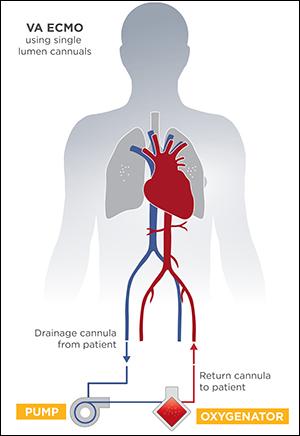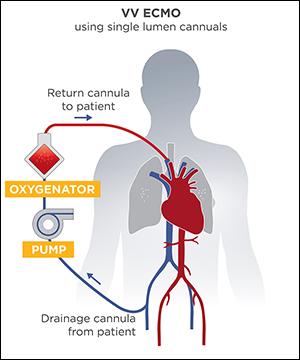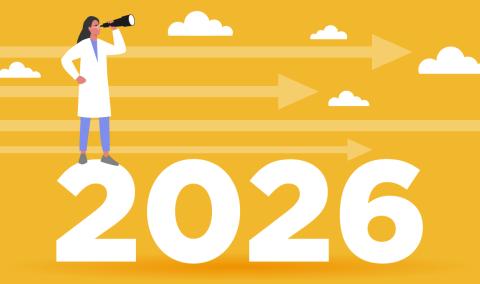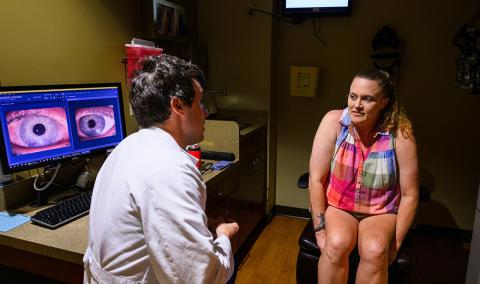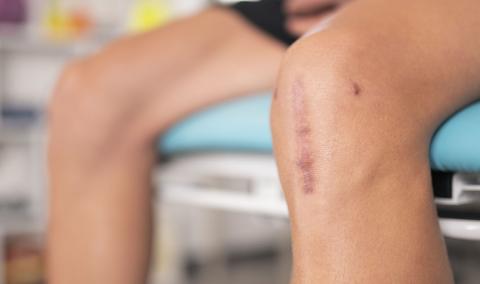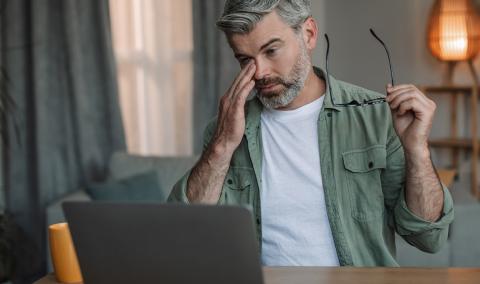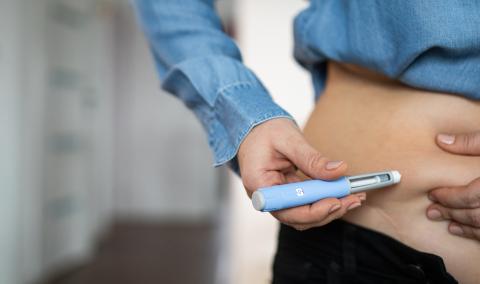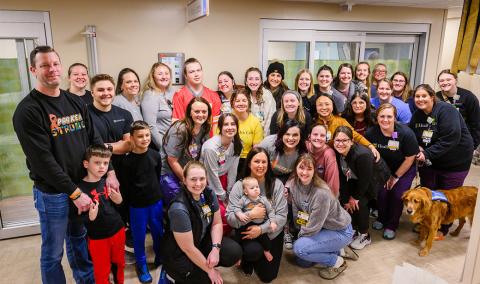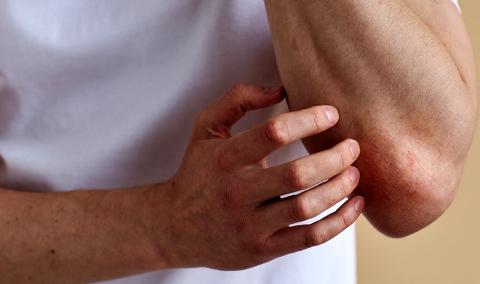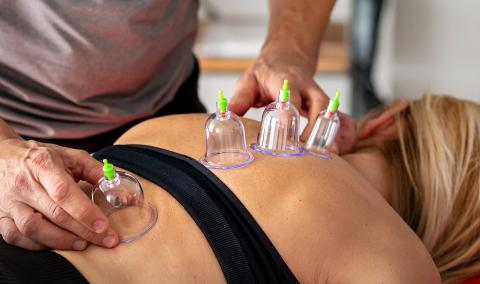Extracorporeal membrane oxygenation (ECMO) is a life support system used when a person has a critical illness or organ failure that prevents the lungs from providing enough oxygen to the body or the heart from pumping enough blood.
What is ECMO?
ECMO can temporarily do the work of the heart and lungs to give those organs a chance to recover. It is used when other treatment options, such as medication or a breathing machine, have already been tried.
While the patient is sedated, a surgeon inserts one or more tubes — called cannulas — into a major vein and artery in the groin, neck or chest. A pump draws blood from the body and fills it with oxygen before returning it to the body.
To download more information about ECMO, click here
Para descargar más información sobre ECMO, haga clic aquí
How we use ECMO
The procedure to connect ECMO can take place bedside or in an operating room. Patients treated using ECMO are cared for by a team including cardiologists, pulmonologists, ICU nurses and respiratory therapists who are trained in ECMO care, and cardiothoracic surgeons, who place and remove the cannulas.
Our ECMO specialists are available around the clock to address any complications immediately.
Types of ECMO
Two types of ECMO treatment are available: venoarterial (VA) ECMO, which supports heart and lung function, and venovenous (VV) ECMO, which supports only lung function.
VA ECMO
VA ECMO provides support for the heart and lungs by allowing most of a patient's blood to move through the circuit without going through the heart. VA ECMO takes blood out of a large vein and returns it into a large artery, allowing oxygen-rich blood to circulate through the body even if the heart is too weak to pump it. Therefore, two cannulas must be placed in either the neck or the groin.
VV ECMO
VV ECMO oxygenates blood but does not pump it, which means the patient's heart must function well enough to support the body. Two cannulas are placed into veins in spots close to or inside the heart, which can allow blood to return to the body in one place, creating the need for only one entry site instead of two. Blood from the ECMO system returns to the body before the patient's own heart pumps the blood throughout the body.
Who can benefit from ECMO?
Our doctors and nurses use ECMO to treat adults who have their heart or lung functions affected by serious illness or injury. We can help patients who experience:
- Acute respiratory distress syndrome (ARDS) or respiratory failure from an asthma attack.
- Bacterial or viral pneumonia.
- Burn injuries, or inhaling smoke or harmful fumes.
- Cardiac arrest.
- COVID-19.
- Drug overdose.
- Flu.
- Heart failure.
- Life-threatening arrythmias (irregular heartbeat).
- Myocarditis (inflammation of the heart).
- Pulmonary contusion (bruised lung).
- Pulmonary embolism (blood clot in the lung).
- Pulmonary hypertension (high blood pressure that affects the lungs and heart).
- Sepsis (inflammation triggered by the body's immune system).
- Traumatic lung injury.
What to expect during ECMO treatment
As part of the daily routine of caring for patients on ECMO, our doctors, nurses and specialists perform procedures to check treatment progress and make sure nothing is missed.
- Chest X-rays are taken to monitor the progress of lung healing.
- Lab work is done to check organ function, infection status (when necessary) and recovery.
- Blood and blood products are used to make sure the body has enough oxygen.
Pain
Doctors and nurses will monitor for any signs that a patient is feeling pain and use specific drugs to help manage it.
Medications
ECMO patients will likely receive antibiotics to prevent infection and pain; sedation medicine for comfort; diuretics to help the kidneys produce urine; and other types of medications depending on the patient's condition. One benefit of ECMO is it can allow the care team to lower the dosage of medications used to support heart and lung function.
Feeding
When people are ill and their bodies are not able to provide enough oxygen or blood to all their tissues, the body tries to conserve energy by reducing blood flow to specific organs to ensure the most vital organs (heart and brain) receive the blood they need. As a patient starts to show signs of recovery, doctors will begin to introduce liquid food into the stomach or intestines through a feeding tube.
Related Conditions & Treatments
- Aortic Disease Care
- Atrial Fibrillation (AFib) and Arrhythmia
- Carotid Artery Disease
- Chest Pain
- Chronic Total Occlusion (CTO)
- Congenital Heart Disease
- Coronary Artery Disease
- Cardiothoracic Surgery
- ECMO Heart and Lung Life Support
- Heart Attack
- Congestive Heart Failure
- Heart Valve Disease
- Pediatric Cardiology
- Pediatric Vascular Anomalies
- Peripheral Artery Disease (PAD)
- Structural Heart Program
- Transcatheter Aortic Valve Replacement (TAVR)
- Vascular Surgery
- Women's Heart Health



